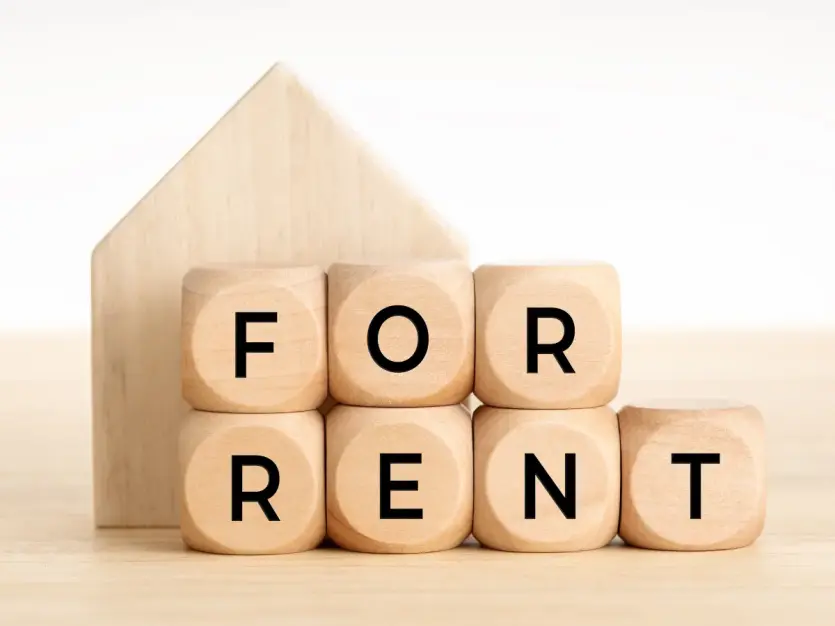The Renters’ Rights Bill: a positive or negative force on the rental sector?

A radical transformation is occurring in the rental sector.
A significant increase in corporate investment is creating new opportunities, while changes in regulation and legislation, not least the Renters’ Rights Bill, are posing some new challenges.
The role of policy and political change
The new legislation, introduced in September, builds on the draft legislation introduced in the last Parliament.
The previous legislation (the Conservative government’s Renters’ Reform Bill) did not make it onto the Statute Book, but had already made considerable progress through Parliament at the time of the general election. The work which preceded it – the white paper A Fairer Rented Private Sector and the consultation A Decent Homes Standard in the private rented sector - can be seen to have influenced today’s Renters’ Rights Bill.
At LRG we work with a wide range of landlords – from individual landlords who own a single investment property, to institutional investors, who operate larger-scale investments across many geographic locations within the UK and of course in the growing Build to Rent (BTR) sector.
So we see the pressures of changing market conditions and imminent legislation across the sector. And while we are strongly in favour of high standards in health and safety, security of tenancies and fair rents, we see a major problem facing the sector as being one of supply and demand.
Changing tenant profiles
According to the English Housing Survey, the number of households renting privately has increased by 93% in the last 15 years, while the number of owner-occupied households has grown by just 3%. The increased number renting is not solely linked to mortgage rates or the economy, but is part of a longer term trend which also responds to the preference among younger generations for more flexibility. The same survey shows a new tenant demographic emerging: the numbers of renting households with dependent children has doubled since 2003/4, making up 30% of the sector and the number of ‘comfortable renters’ (middle-class and well-off) is expanding too, representing 44% of the rental sector.
The lack of supply to meet increased demand (coupled with inflation) has driven up prices. According to the ONS, average private rents in England increased by 8.5% in the 12 months to September 2024 and are now £1,336.
At the same time, the stock of homes for rent is down. According to Zoopla’s Rental Market Report: September 2024, there is an average of 21 people competing for every rental property, more than double pre-pandemic levels.
The growth of corporate investment
In the last five years, we have seen a substantial increase in ‘professional’ institutional investment in the residential property investment, specifically Build to Rent (BTR). Surveyed in 2022, 70% global institutional investors stated that they anticipated being active in the suburban BTR market within the next five years: a substantial increase from the 42% currently active.
This intention is borne out in recent analysis by the British Property Federation (BPF) which shows that the Build to Rent (BTR) pipeline, which includes completed homes, those currently under construction and those in various stages of planning, now stands at over 273,700 units. It grew by 5% in the past year and the total number of completed units has now surpassed 120,000 units: a growth of 23% in completed stock over the past 12 months.
And BTR is no longer limited geographically. Completed homes in London reached 51,500 in Q3 2024, and the regions surpassed London, at 69,000 homes. Growth in the regions, at 31%, outpaced London by 13%.
And so the BTR suburban community has evolved. Providing desirable homes for families in fully-functioning serviced communities, this new product – which offers growing families considerable flexibility and a wide range of options for a stress-free lifestyle, is undoubtedly the division of the property sector in which we will see the greatest growth over the next decade. The emergence of this sector of the market is described in our white paper BTR suburban communities: the next stage in the evolution of Build to Rent.
New services to support the professional landlord
As the sector becomes more professionalised, new services are emerging to support these changes, particularly in terms of property investment and management. Platforms such as those offered by LRG are designed to streamline the property investment process, providing comprehensive support to investors, from market insights and property analysis to secure transactions and real-time data. Centralising these functions enables landlords (both individuals and corporate investors) to save time, reduce complexity and make more informed decisions.
Additionally, the focus on security and efficiency is paramount. By integrating features such as two-factor authentication (2FA) and encrypted document sharing, platforms ensure that transactions are secure, and user data is protected. This is especially important for professional landlords who are managing large portfolios and dealing with significant financial transactions.
A positive future for the rental sector
The speed by which BTR is evolving suggests that the drastic shortage of rental properties will continue to lessen.
And while these changes will undoubtedly help ‘professionalise’ the sector, this is not the result of the emerging legislation: it is in spite of it. New models of BTR have evolved because of the high standards – environmental, social and governmental (ESG) along with financial transparency and insistence on a quality product – instigated by investors and developers.
The rental sector is carving a positive future for itself, one which must be supported by policy, not penalised by it. Fortunately we have moved on from the politics of the previous Secretary of State, who declared: ‘We need to shrink the private rented sector and get more people owning their own home.’
A combination of privately owned homes supplied by responsible individual landlords, complemented by increased institutionally-owned BTR units, is vital to meeting unprecedented demand.

Contact Us
Got a question, general enquiry or something else?
